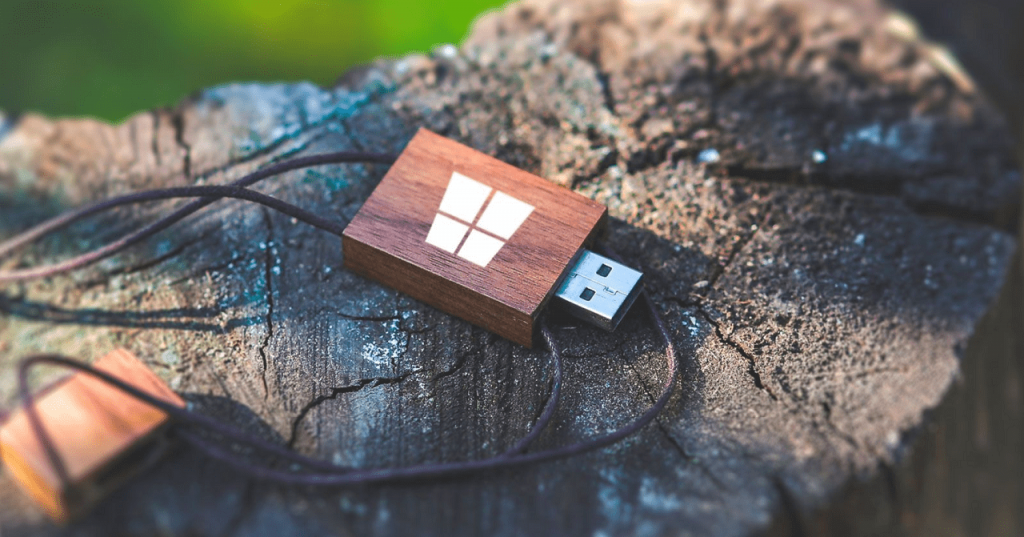In this blog post, you will learn how easily you can create a bootable USB for Windows 10 using Command Prompt.
How to Create Windows 10 Bootable USB from ISO
Before you start following the steps for creating a bootable Windows 10 USB from ISO, here’s what you will require:
Windows 10 ISO Image. Archiving tool. You can use Windows 10 default archiving tool. USB Flash Drive – the minimum size is 8GB for the 64-bit version and 4GB for the 32-bit version. You can expect good results if you use USB 3.0. It will take very little time in installing Windows on your machine in comparison to 2.0 USB drives.
Once you have all the things. You need to connect USB Drive to your computer or laptop, mount an ISO image having Windows 10 installation files, and then follow these steps: Things to keep in mind:
Before you connect the USB drive to the computer, it is highly recommended to create a backup of your data because the process will erase all the data. Unplug any external hard disk if it’s connected to your computer
- Launch Command Prompt as an Administrator on your Windows 10 PC. When the UAC screen pop-up, click Yes to continue. It is highly recommended to launch the Command Prompt as an administrator to get rid of errors.
- In the command prompt window type, DISKPART and hit enter. It will open the command-line tool that will create a partition on the disk.
- After that type, LIST DISK and hit enter. It will show you the list of all the storage devices connected to your computer or laptop From the list, you need to find out the one which you want to make bootable. You can easily find it by checking the file size. In my case Disk 2
- Now you need to select the USB drive. For that, you need to use the Select Disk X command and hit enter. For example, in my case, the disk number of my USB flash drive is 2. So the command will be Select Disk 2. In your case, it can be Select Disk 1, 2, or even 3 depending on how many storage devices are connected to your computer.
- After that, you need to execute the following command back to back: CLEAN (press enter key) CREATE PARTITION PRIMARY (press enter key) SELECT PARTITION 1 (press enter key) ACTIVE (press enter key) FORMAT FS=NTFS QUICK If your computer or laptop support UEFI, format your USB drive using FORMAT FS=FAT32 (press enter key) ASSIGN (press enter key) EXIT (press enter key) At this point, the command prompt command-line tool part is done.
- Next, you need to extract all the files of the Windows 10 ISO image. If you’re using Windows 10, then you can double-click the ISO file to mount it and then copy all the installation files and paste it to a USB drive. In case, you’re running a system running Windows 7, then you can take the help of archiving tool 7-zip or WinRAR for extracting installation files. The copy-paste process will take 5-10 minutes. Once you have copied all the Windows 10 Installation files to a USB drive, your bootable Windows 10 USB drive is created. The process is useful when you don’t have any Windows 10 bootable USB tool available on your computer and you quickly want to create a bootable USB. Why don’t you try this method to create a bootable Windows 10 USB? In case, you face any issues or get an error, then let us know via comments.

